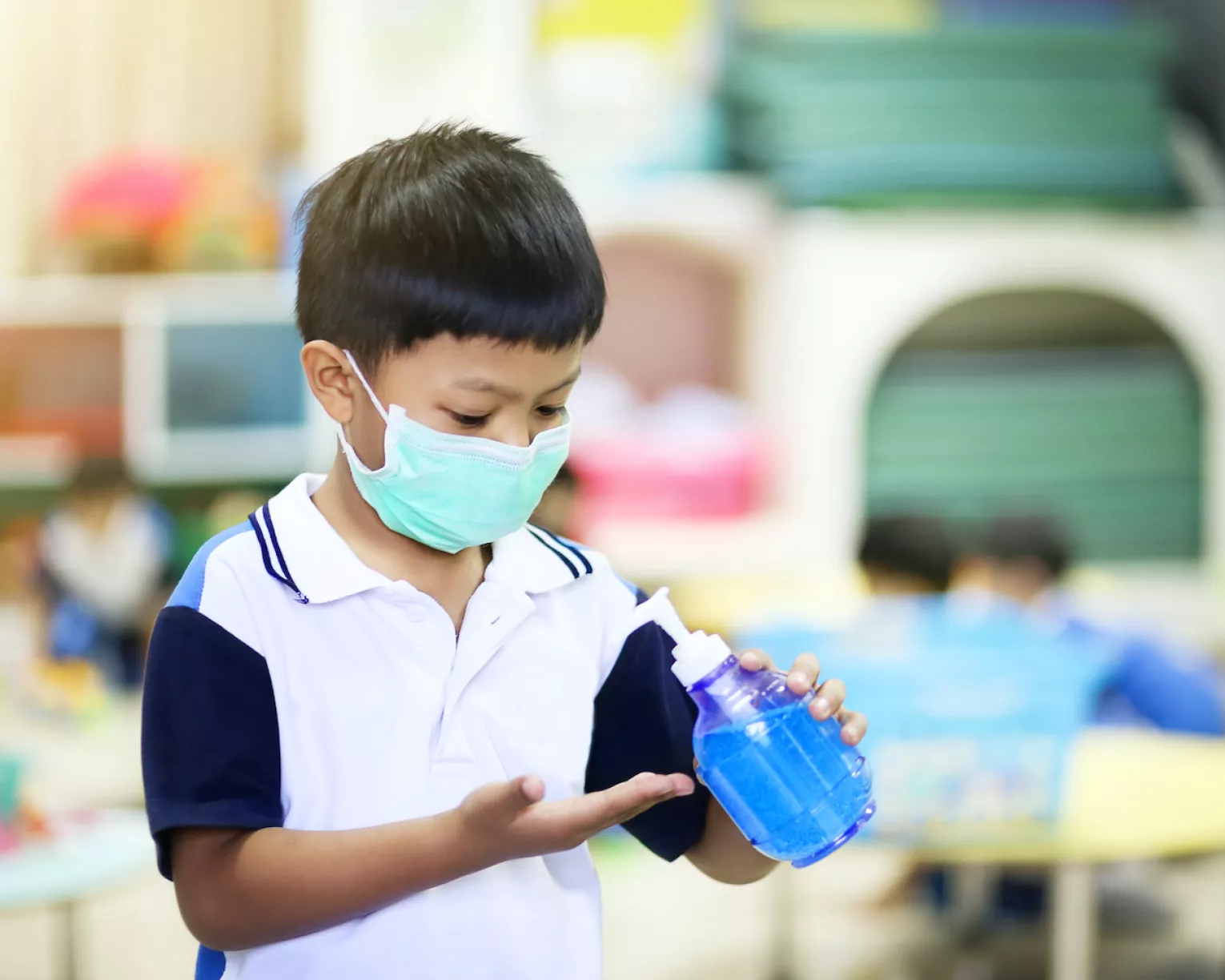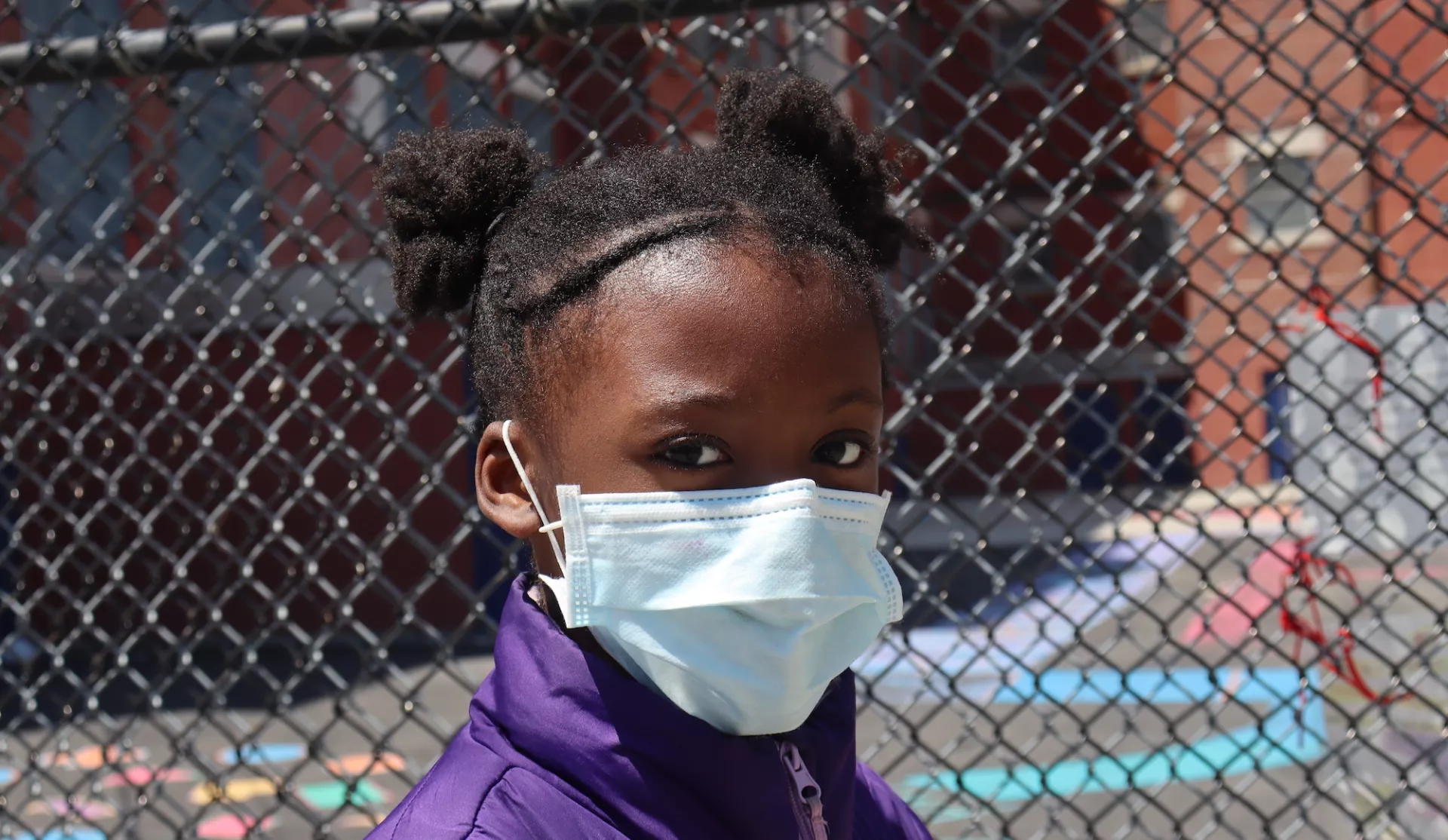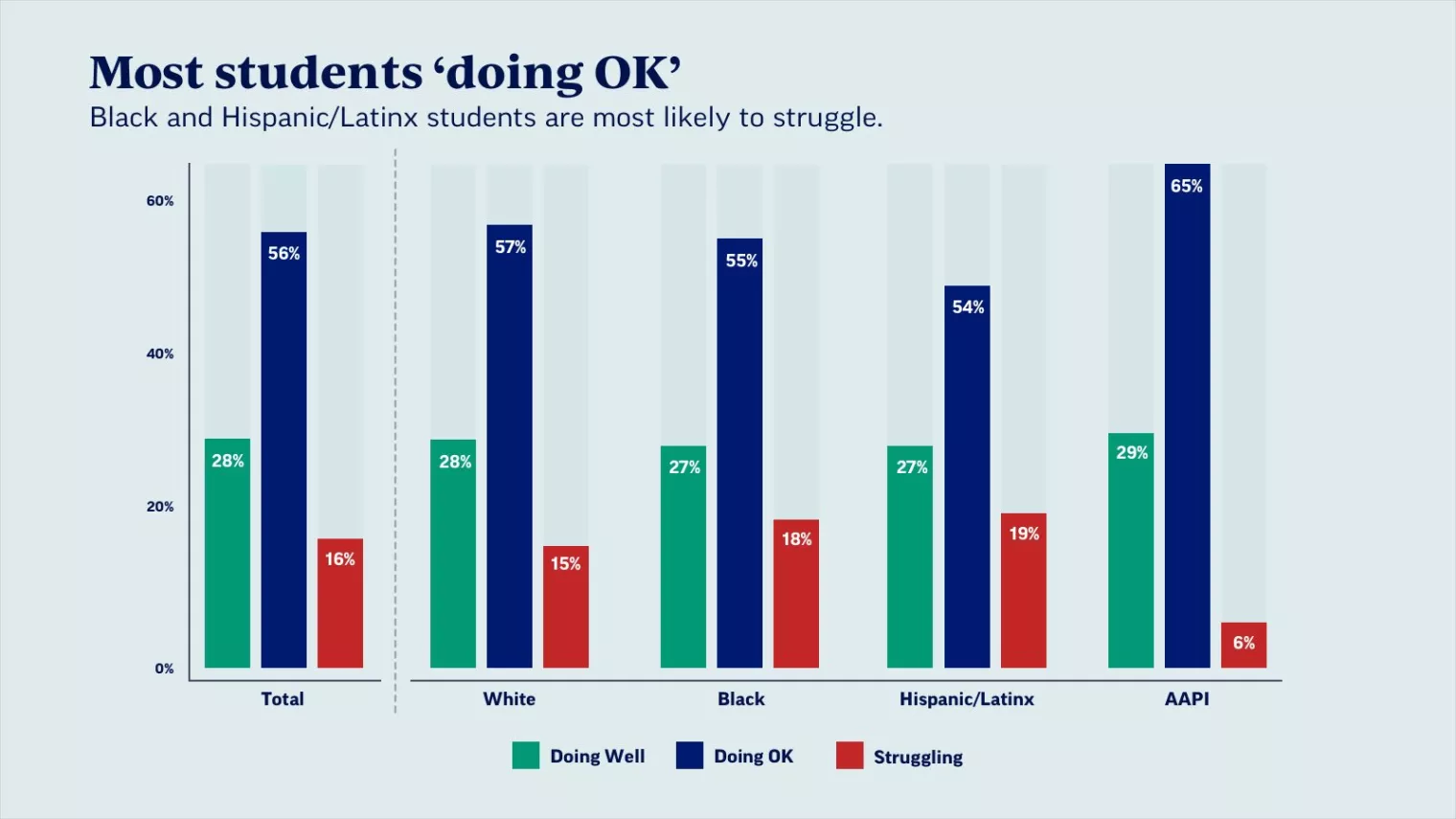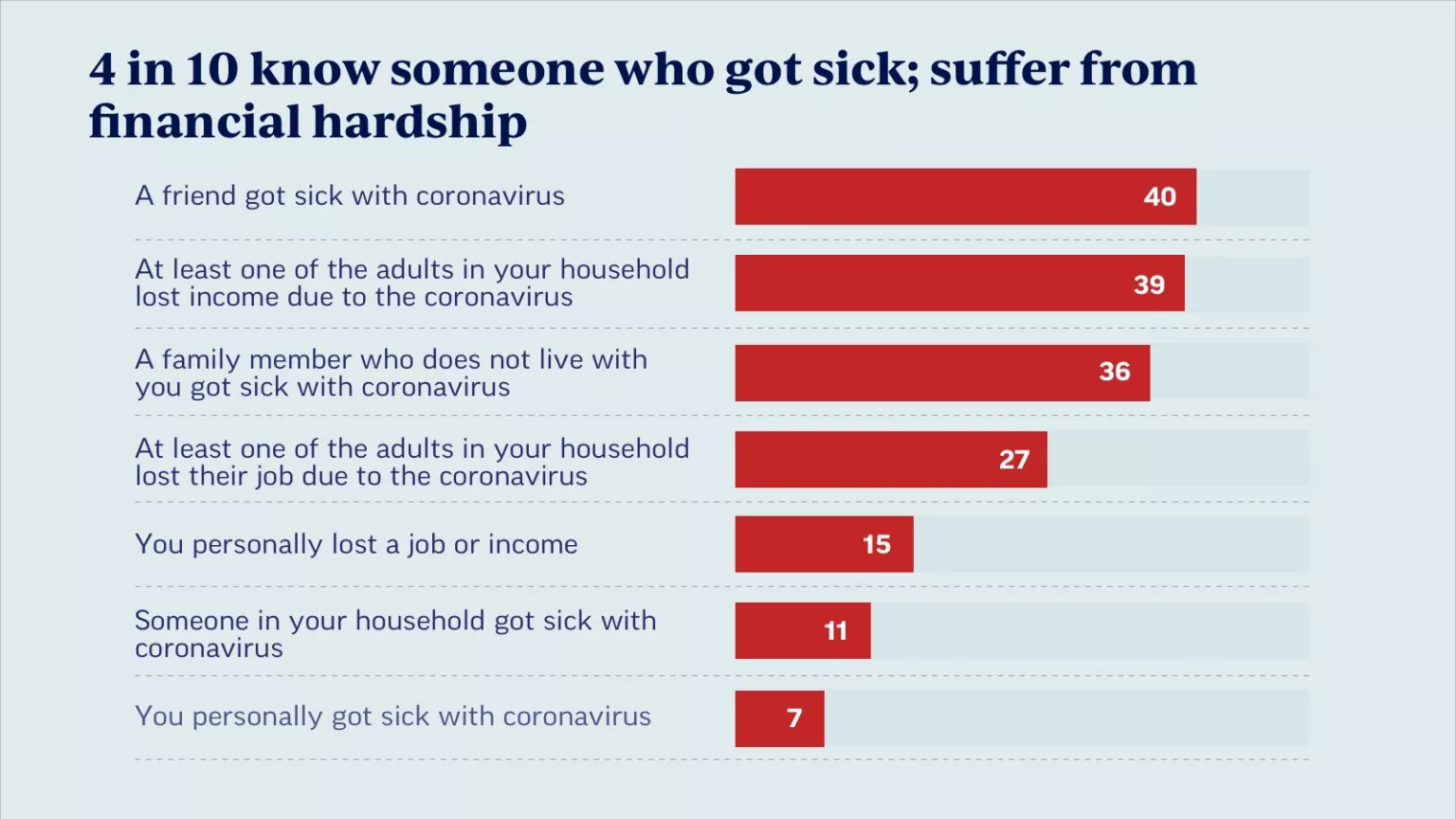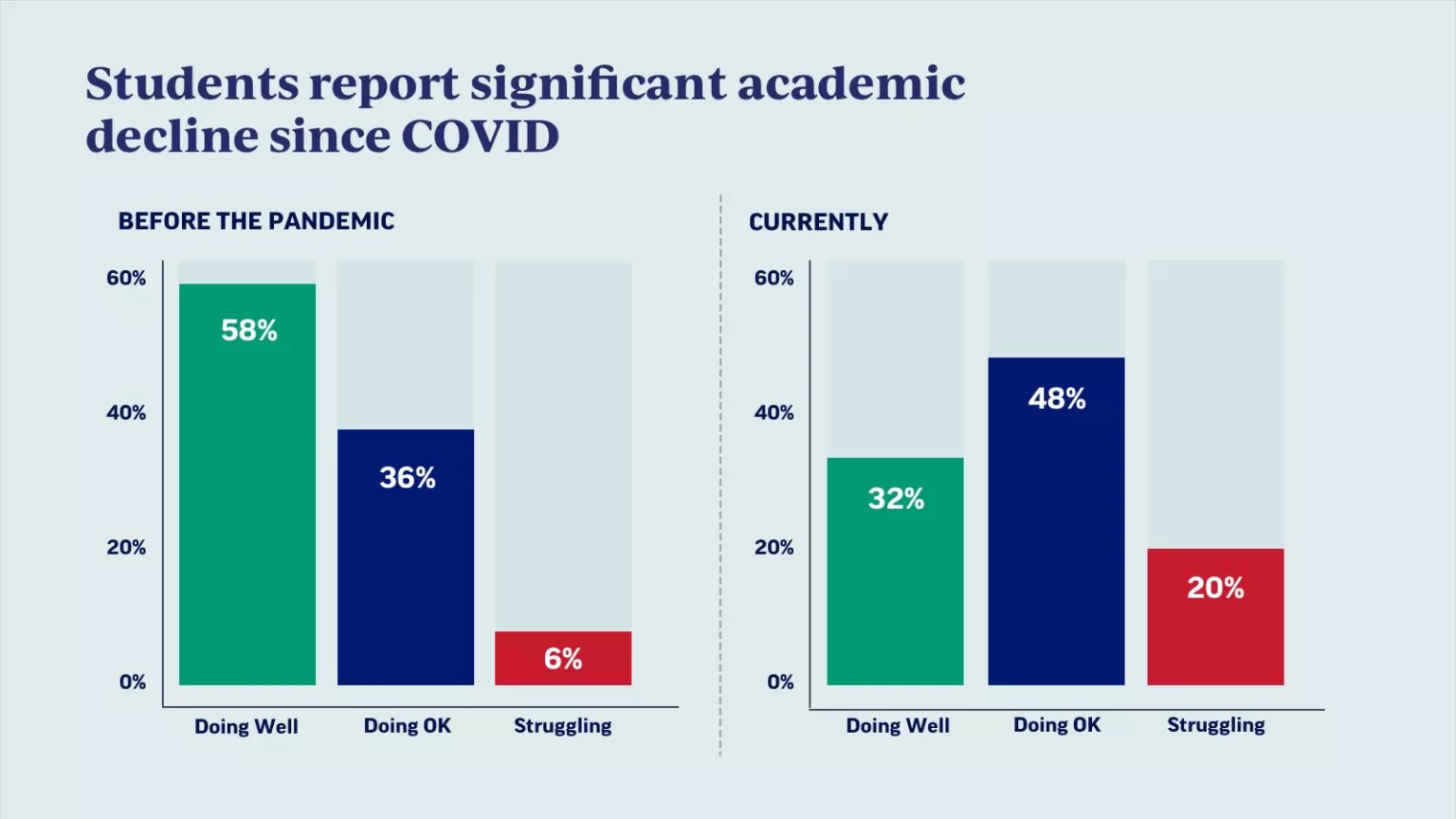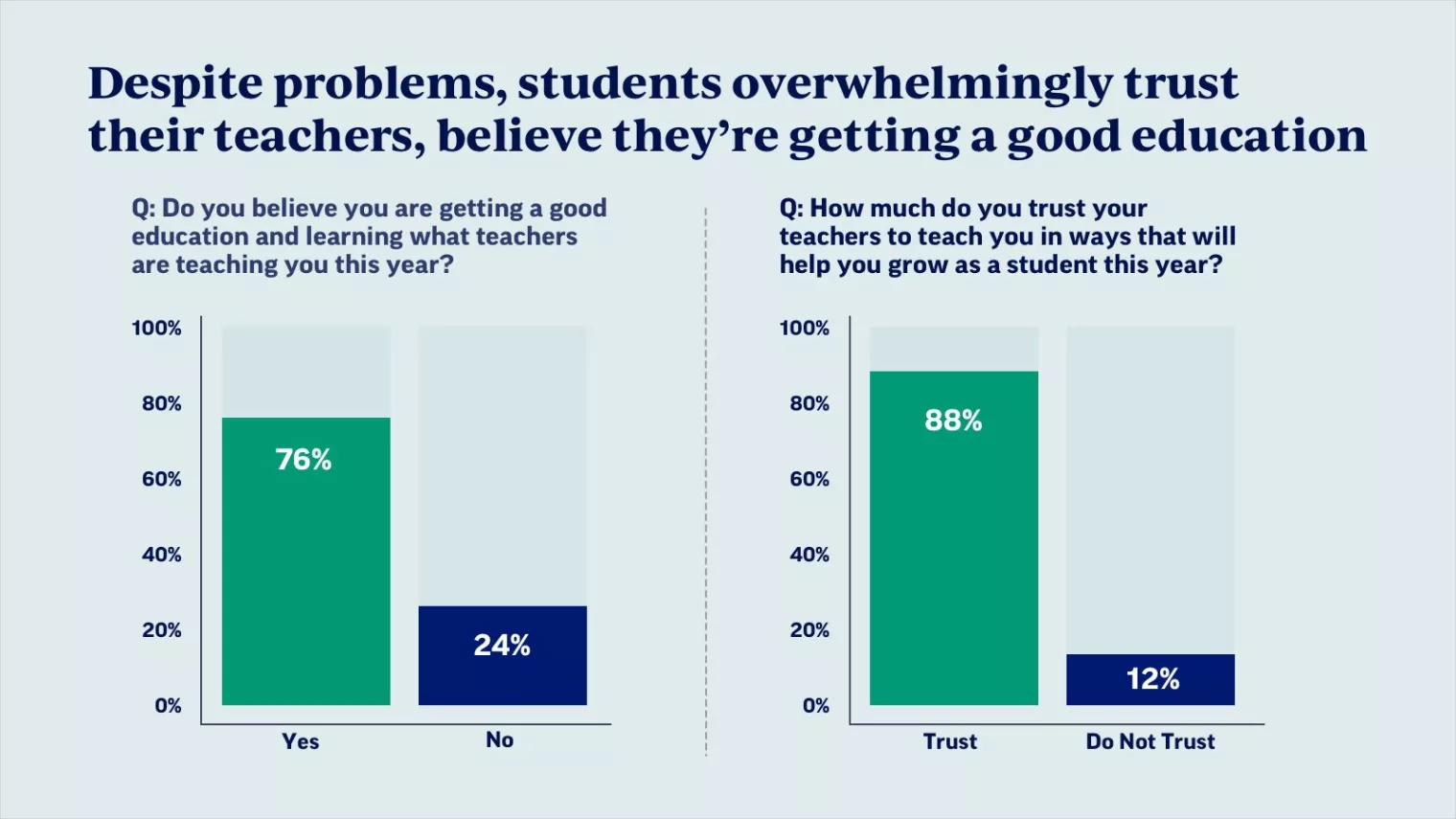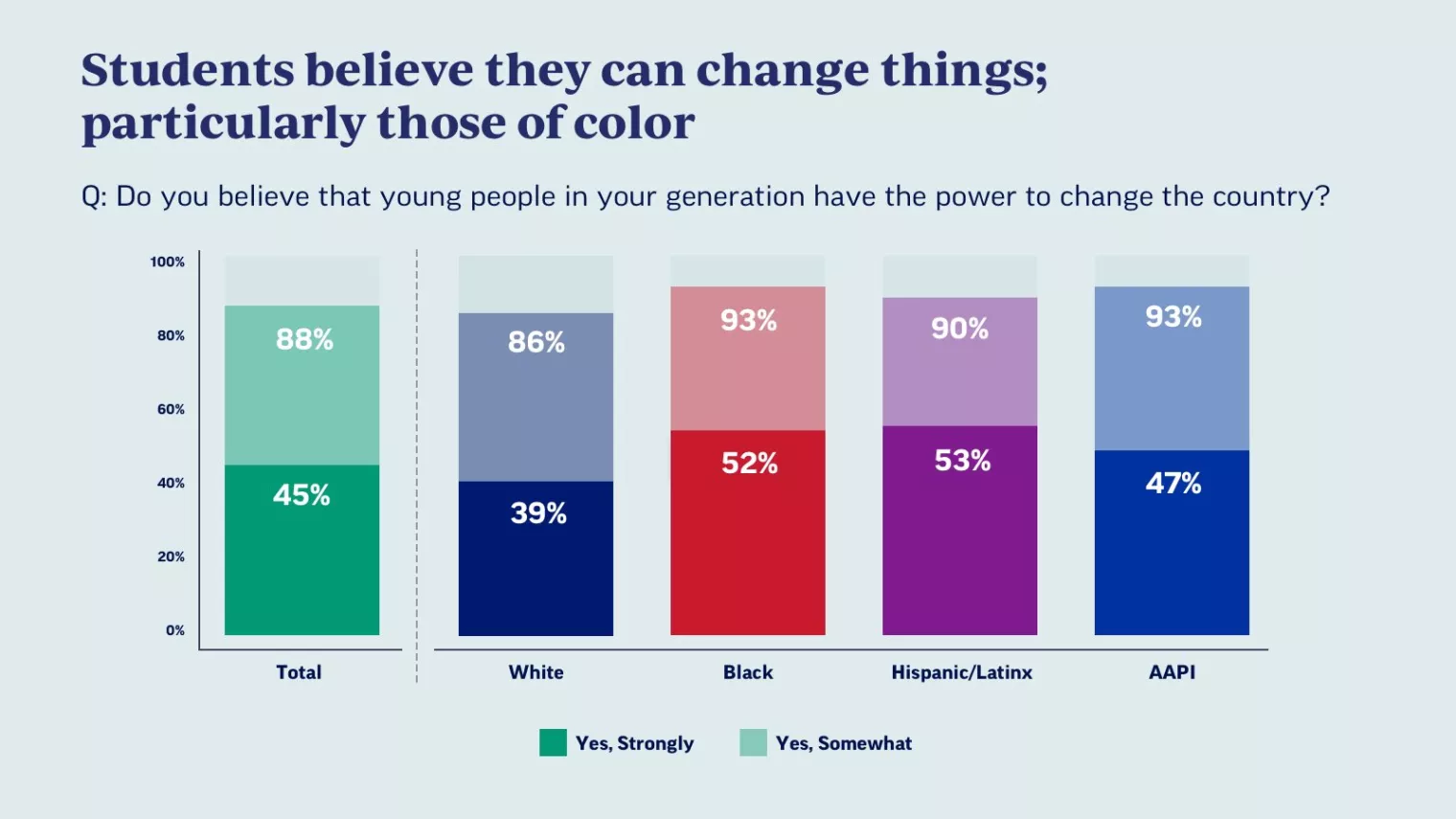Key Takeaways
- Despite some learning loss and social emotional challenges, a majority of middle and high school students are doing "OK" or better.
- Students desire more interaction with their teachers.
- The survey reflects a need to achieve equity, improve access, focus on social-emotional learning, and provide students with more personalized attention.
Noah Gaddy is a 15-year-old high school student in Baltimore County, Maryland, whose school day is entirely virtual. He feels the loss of the face-to-face feedback and support from his classroom educators. A student athlete, he also misses his teammates, competition, and the social interaction of sports. And, his mom says, he misses girls.
“Memories our children should be creating aren’t possible right now,” says Noah’s mother Pam Gaddy, a 24-year social studies teacher and mother of four. “It takes a toll. But as an educator, I know my children, and my students, are resilient. As adults we’re not giving them enough credit for that.”
As the debate over whether or not students should attend school for in-person instruction rages on among school administrators, policy makers, families, and the medical and scientific communities, the noise has all but drowned out the voices of the students themselves.
This generation of young people has experienced profound disruption to their lives and their learning. But if we just stop and take a moment to listen, we can better determine how to help them get back on track.
“I feel like a Zoom Zombie.” “I used to get better grades before the virus and now I am stressed out.” “My dad took a hefty pay cut and has less in-person work.” “I don’t have friends to talk to.” “I got sick. My mom, too. It was hard because hospital payments were so high.” “I wish it would end and go back to normal again.”
These are the voices of students, ages 13 to 18, in grades 7 through 12, who participated in an NEA and National PTA research study to gauge what they felt were the most pressing issues facing them during the COVID-19 pandemic and economic crisis.
“Today’s research will tell you a story of the impact of this pandemic on students from an academic, social, and economic standpoint,” said NEA President Becky Pringle in a joint NEA-PTA press call releasing the findings. “The research we did together looks at a cross section of middle and high school students who, while faced with unprecedented challenges, have demonstrated an extraordinary resilience in the face of the pandemic.”
The Kids Are (Mostly) All Right
Yes, it’s been difficult. There is learning loss. There are social-emotional challenges. In some cases, there is sickness, economic hardship, or trauma. But students are extremely resilient.
A 56 percent majority describe themselves and their family as “doing OK” when it comes to handling the pandemic, 28 percent report doing well, and only 16 percent are struggling. These numbers remain fairly consistent along different racial groups.
Most students believe their teachers are doing the best they can — a massive 88 percent majority trust their teachers to teach in ways that will help them grow, and 76 percent agree they are getting a good education, including 74 percent of those who attend online, full-time.
This generation of students also believes it can make a difference. Again, an 88 percent majority believe their generation has the power to change the country, and this number grows even higher among students of color.
The Challenges of COVID
The research also uncovered the significant struggles of students. Four in ten have had a friend or family member contract the virus. A similar number of students report losing family income. Economic stress runs significantly higher among Black students (44 percent report losing household income, compared to 39 percent overall). Nearly four in ten (37 percent) Black students report at least one adult in their household losing their job, compared to 27 percent overall.
A 58 percent majority of students say they were doing well academically before the virus; only 32 percent believe they are doing well currently. Younger students and students whose parents did not attend college are the most likely to report an academic decline.
Key Findings of the NEA and PTA Study
More Educator Interaction is Necessary
In focus group discussions, a number of students reported struggling to pay attention and stay motivated online, but the key piece they are missing is more interaction with their teachers.
- “It is pretty tough to stay motivated sometimes.”
- “They do not understand that some kids learn different and have a hard time understand[ing] what they are putting on a Google classroom for us.”
- “The teachers are trying their best to do their job and there are a lot of kids that need help and can’t get that one or one time.”
- “More time with teachers would be good. Also, more live classes and not just videos.”
When asked how to improve learning in this time, students zeroed on in teacher interaction. In fact, the four top recommendations all involve increasing teacher interaction in one way or another. Among students who were doing OK and are now struggling, fully 65 percent describe “more interaction with teachers” as very helpful for their own situation. Among Black students, 61 percent describe “additional tutoring to help kids catch up and stay on track” as very helpful, the leading suggestion among these students.
The Road Ahead
There may be a temptation for some to describe this generation of young people as a “lost generation.” There is no doubt the trauma and disruption of 2020 will play an enduring role in their lives, but with investment and commitment and by paying attention to their needs, the losses students experienced can be overcome.
“Listen to these students and you will hear them say they need additional instructional and social/emotional learning support while school districts are in a fully-remote or hybrid mode, and they’ll continue to need that support when we return to in-person learning,” said Pringle.
They also want more time with their educators getting tutoring and one-on-one time to help them keep pace and catch up on lessons, so NEA and the PTA recommend programs such as extra “office hours” with paraprofessionals, school counselors, and school social workers for all students. This is particularly needed for younger students. They acknowledge that educators are completely overburdened and workloads are unsustainable, but Pringle said if we reimagine the school day and how services can be provided it could be accomplished.
“Students and their peers also struggle to get the tools and internet access so they can be connected to those educators,” she said. “We recommend programs that will ensure equitable digital access for students and educators.”
The pandemic highlighted what educators have long known — we need to achieve equity, improve access, focus on social-emotional learning, and provide students with more personalized attention. With a vaccine rolling out and a glimmer of light at the end of the tunnel, Pringle said that NEA and the National PTA will work tirelessly to help educators accomplish these goals.
“It will take educators, families, and communities coming together to undo the damage this pandemic has wrought on students and communities. It will also take leadership and investments — from the White House to the local school board,” she said. “But we will ensure our students have the resources they need to have safe and just schools.”
Last month, National PTA and NEA joined other education organizations in continuing to call for more immediate resources to implement strong mitigation strategies for K-12 public schools so they can safely and equitably reopen buildings and stay open for in-person instruction, meet the growing academic and social-emotional needs of students, and address the challenges they are facing during the pandemic.
As an educator and parent, Pam Gaddy is grateful. She is eager to return to in-person instruction and meet with students face-to-face. It’s what she desperately wants for her own children, too. But not until cases are down and all protocols are in place.
“Safety is the top prior for myself, my students, my children and my colleagues,” Gaddy said.
